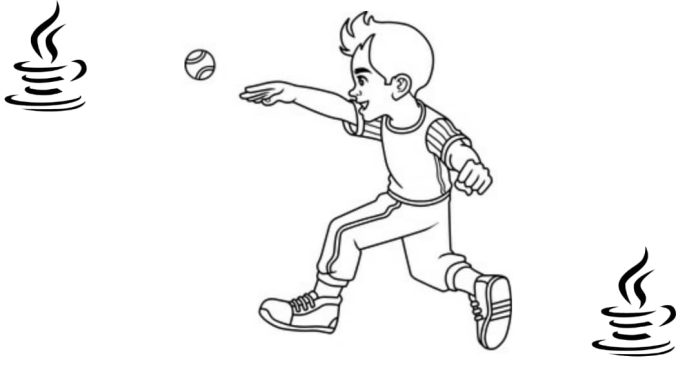In Java, throw and throws are used for exception handling but serve different purposes.
throw: It is used to explicitly throw an exception from a method or block of code. It can throw a new instance of an exception class or rethrow a caught exception. For example:
throw new IllegalArgumentException(“Invalid input”);
throws: It is used in a method signature to declare that the method can throw one or more exceptions, allowing the caller to handle them. This is typically used for checked exceptions. For example:
public void readFile() throws IOException {
// Code that may throw IOException
}
In summary, throw is used to actually throw an exception, while throws is used to declare the potential exceptions a method may throw, thus notifying the caller to handle them.


